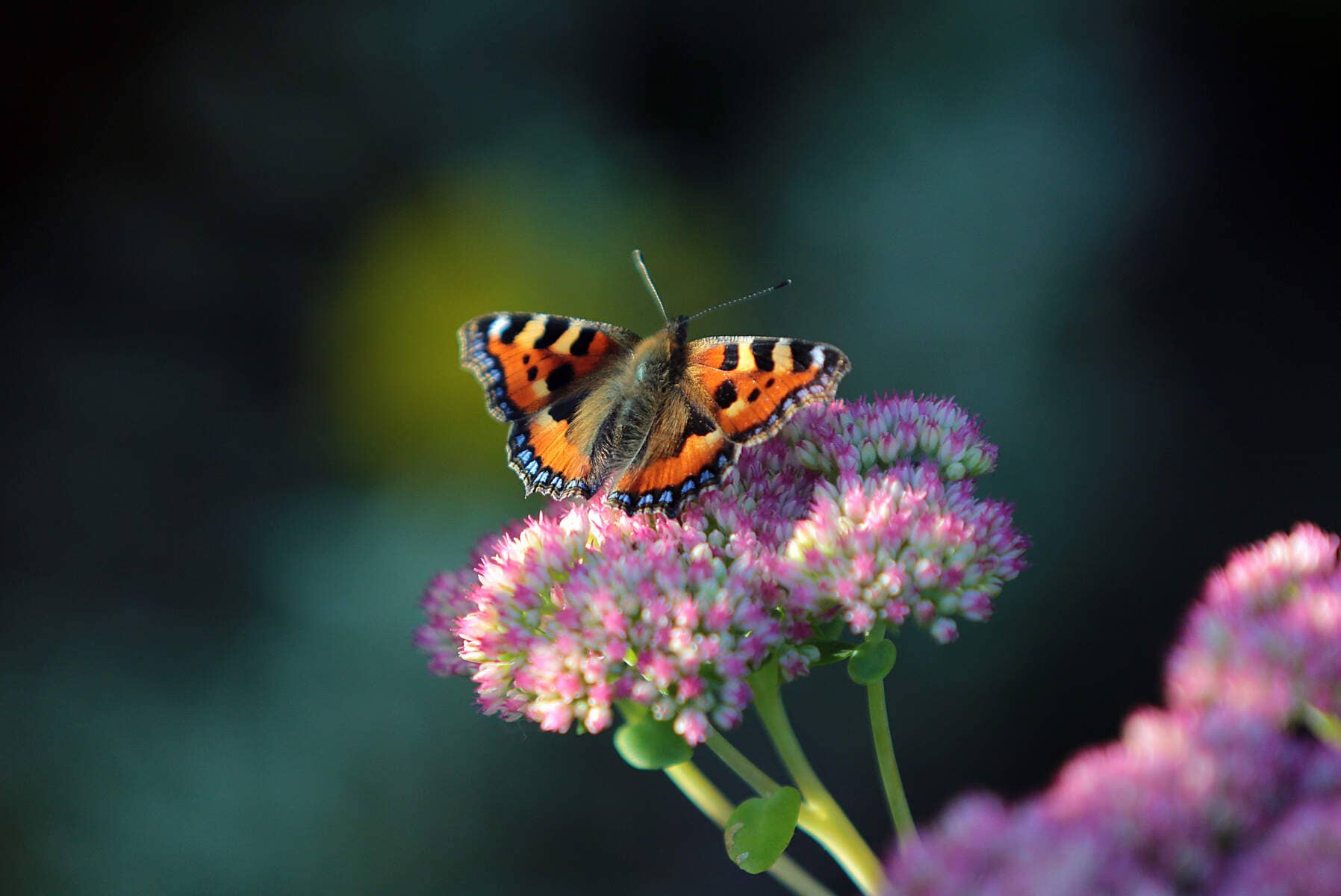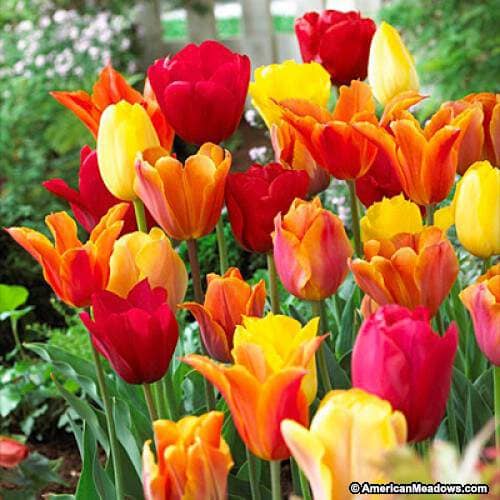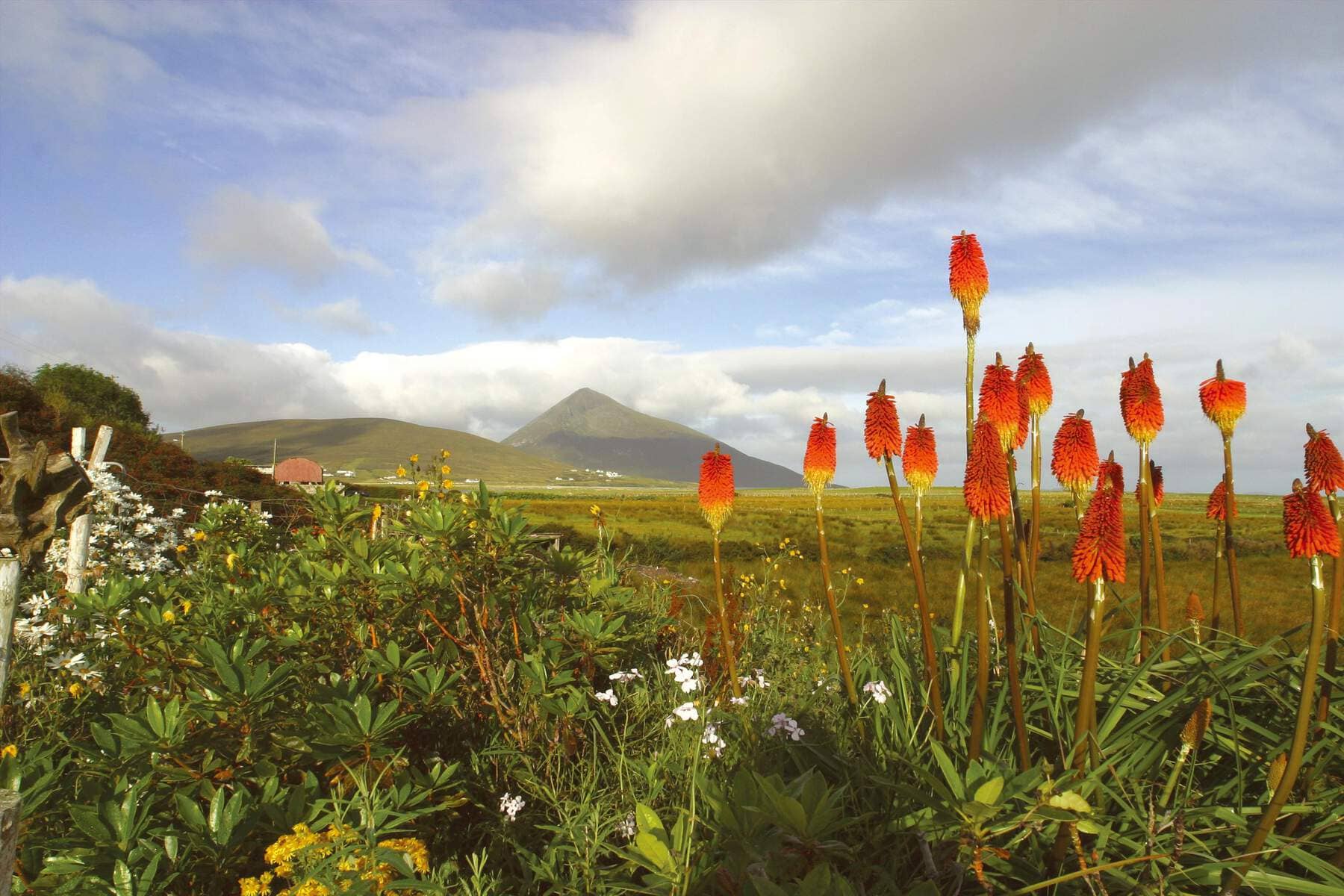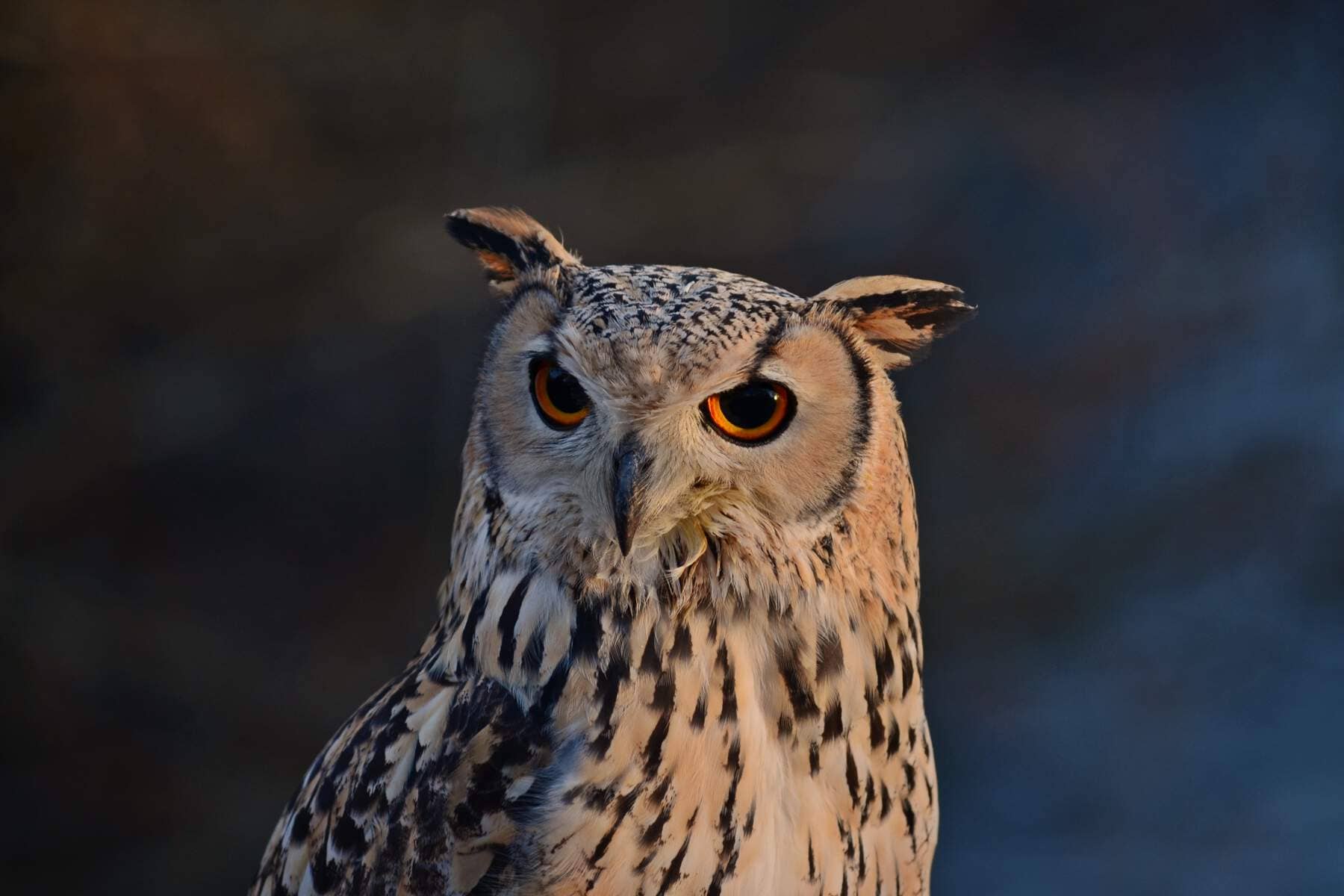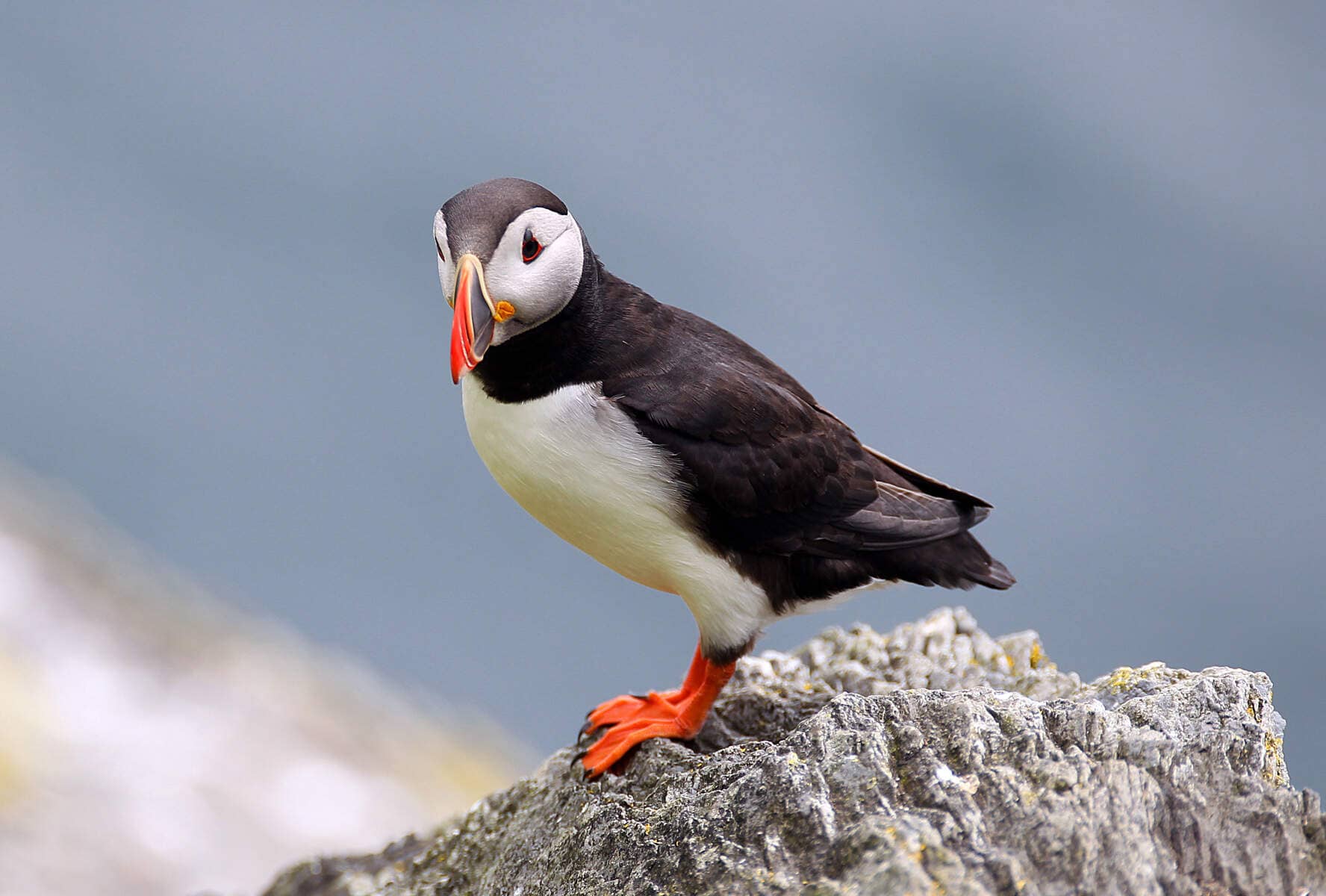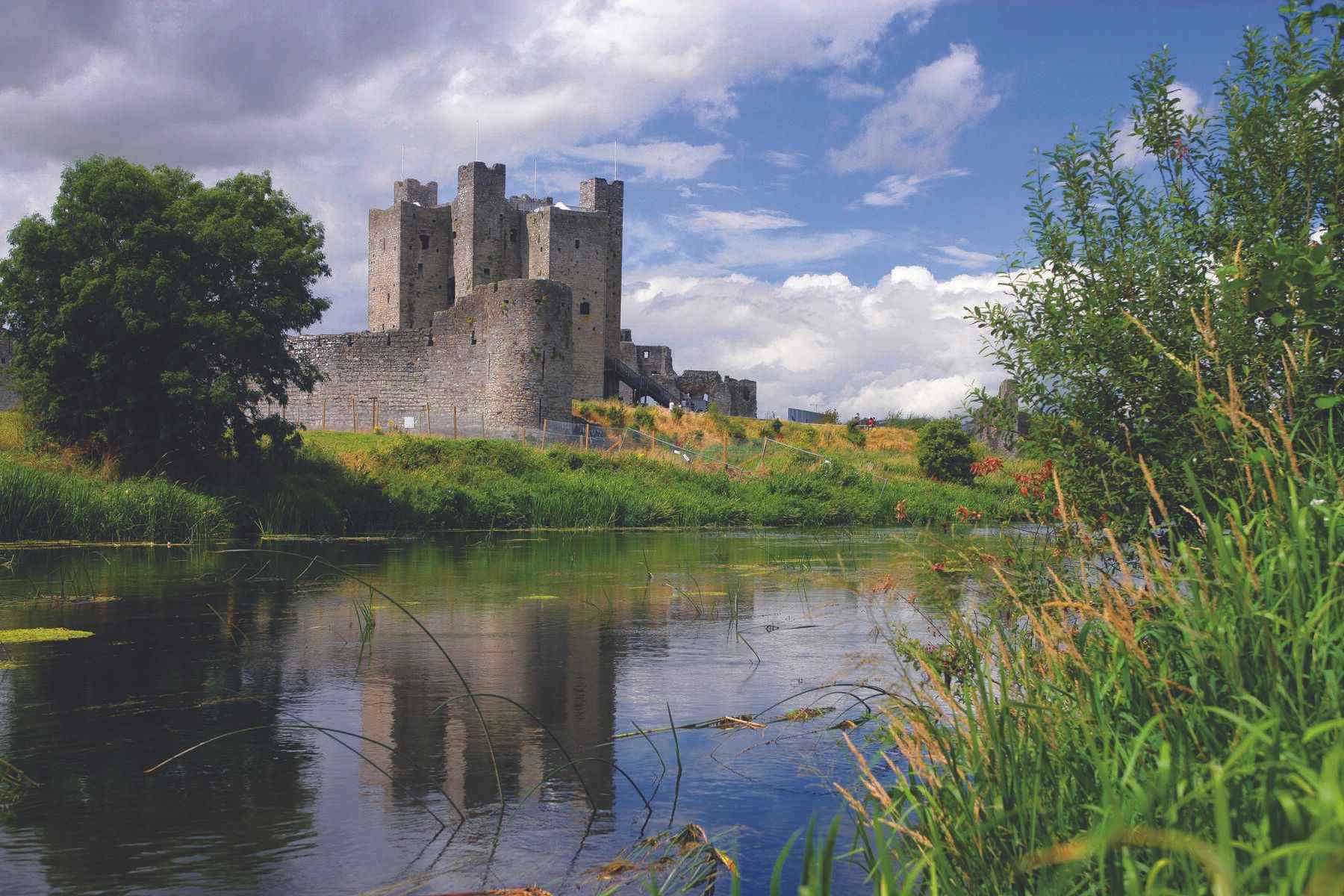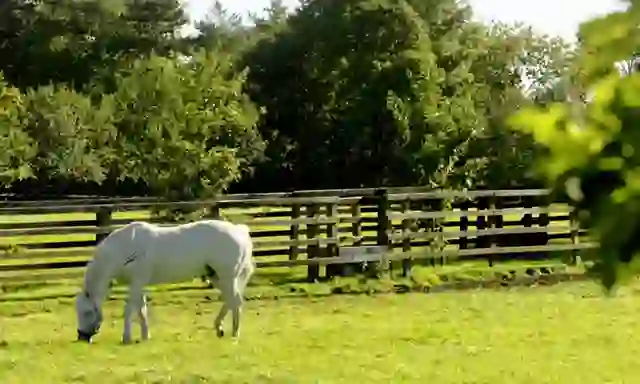
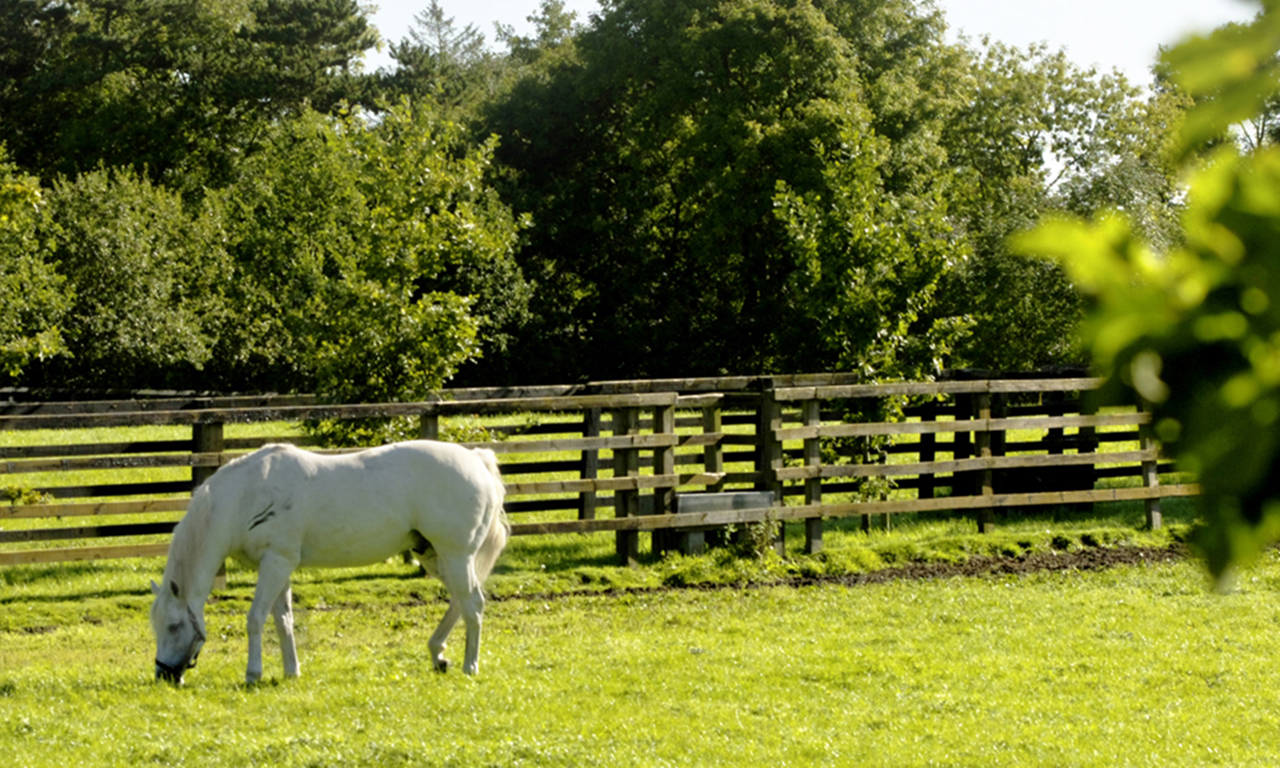
The stallions and the stars
The hollow sphere of zodiac signs, constellations and a foal represent the royal connection the National Stud has had in its 112-year history. More specifically, they represent the fascinating character of its founder: Colonel William Hall Walker.


Optional Caption Text
In a place where an animal can be worth the price of an island, the legacy of the Colonel still stands as the most interesting thread in a story of stallions and stars.
Looking to the stars
While stationed in India with the British Army, Walker developed a fascination with Eastern philosophies, including Buddhism and astrology. In 1900, he bought the land at Tully in Kildare. Today, his eccentric fingerprints are all over the stud and its Japanese Gardens.
Over 110 years later, Walker's unusual strategies are as vital to the stud's success as the limestone-rich soil it sits on.
"Oh he was craz...", Catherine Higgins of the visitor centre worker stops herself, and revises her description of the stud's founder to "peculiar". Even the centre's leaflets note that Walker's policies have been described over the years as "inspired", "eccentric", and even "preposterous".
Preposterous seems harsh. Maybe, though, it struck a nerve with trainers whose advice on foals was disregarded in favour of their astrological chart.
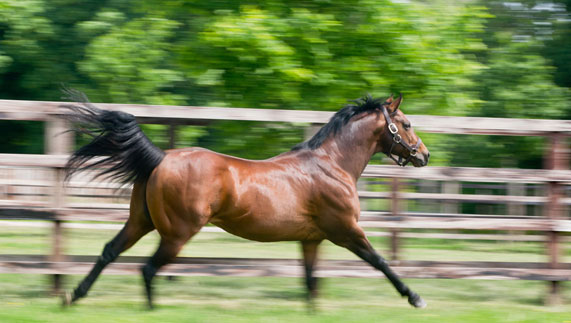
Bad horoscope, bad horse
The Colonel meticulously recorded a foal's time of birth, and drew up the birth charts himself. If he didn't like the stars, regardless of bloodline, the foal would be sold immediately.
In the stud's Horse Museum, a horoscope book in a glass display cabinet lies open on the chart of a bay colt named Lord of the Sea. The verdict is not good: "Saturn in his 5th House… makes him very little good for racing or stud purposes... no good at all except for selling."
In the stables, skylights that were installed on the Colonel's insistence that horses be able to see the moonlight and stars, are still visible.
The birth of the garden
Asian horticulture was another obsession for Walker. "He appreciated that there is always meaning behind Asian horticulture," says Catherine. "He didn't just think 'I'll plant a couple of bonsai trees'. He did it properly".
Bringing master horticulturist Tassa Eida and family from Japan to design the gardens is testament to the Colonel's grand plans.
Through trees, plants, flowers, lawns, rocks and water, the gardens symbolise the Life of Man. The stages smack heavily of Buddhism, with a cave and dark tunnel representing birth and, later, a marriage bridge of two stones side-by-side, meeting in the middle.
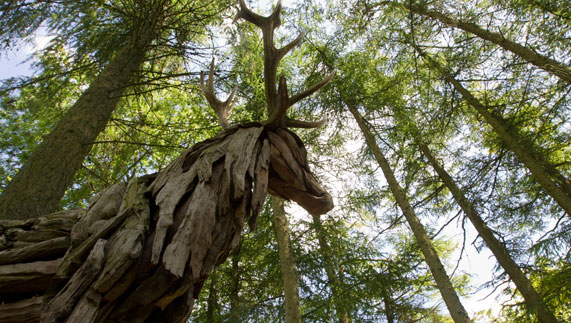
Can you spot the deer sculpture?
Come for the gardens, stay for the horses
"The gardens were his thing again," nods tour guide Dave Hogan. "He brought Tassa in to build the garden as an added attraction to get people to his stud. Believe me – it works. People come for the gardens and stay for the horses."
One of those guests was Aga Khan III. Some say the Colonel's greatest contribution to bloodstock was introducing Khan to racing. He became a great investor in Irish breeding, just like his grandson Aga Khan IV, today.
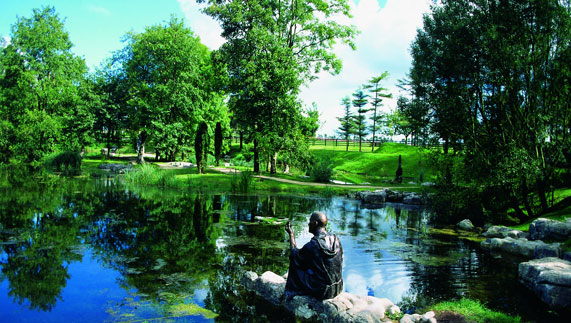
St Fiachra's Garden
Royal connections
One of Queen Elizabeth's favourite horses, Epsom winner Carrozza, was loaned to her by the stud. On her visit, she would have been aware of the stud's characters and stories, and the enigmatic figure behind them.
Sculptor Anthony Scott spoke to Her Majesty at the unveiling of his sculpture for the Colonel.
"She called it 'ingenious'", he said, blushing.
As a one-word tribute to the Colonel, it's not bad.







